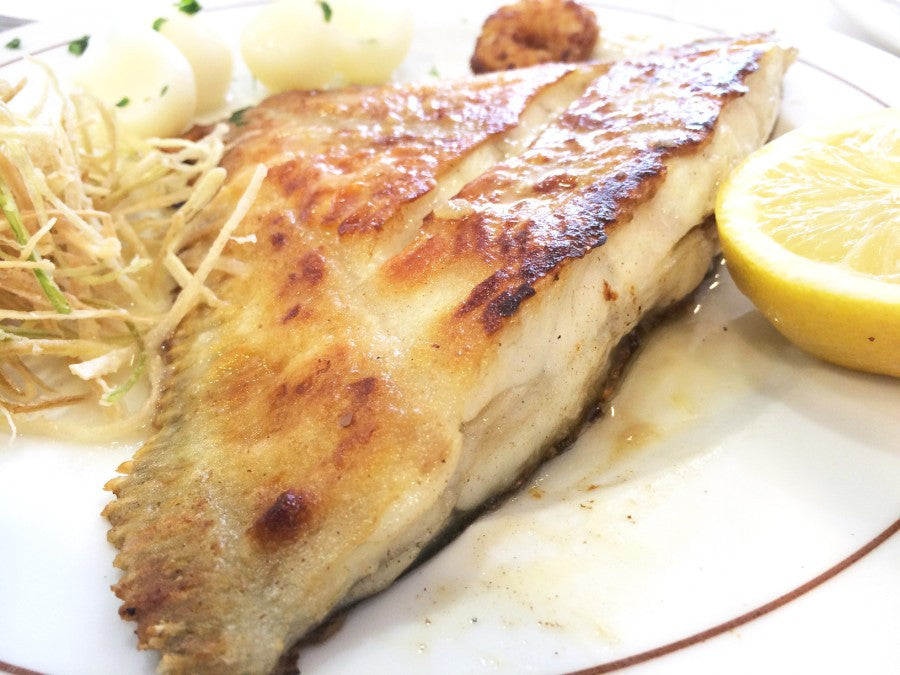
Frozen Fish: Storing, Thawing, and Cooking Tips
Share
Frozen fish is a cheaper way to incorporate fish into our diet. Although a lot of emphasis is given on buying fresh goods such as fish, frozen fish can still be as tasty and healthy as fresh fish; you just need to know what to consider when buying, storing, thawing, and cooking it.
Buying
Although technology has made it possible for fish to be frozen properly, you still need to do your homework when purchasing frozen fish to see to ensure its quality. As such, having a fishmonger you trust is important. If you see ice crystals and discolouration on the fish itself, then don’t buy it; they are signs of freezer burn and that the fish may have already been thawed and refrozen. Also, if its package is open or torn, then don’t buy.
Storing
One reason why frozen is an economical way of adding fish to your diet is that you don’t have to cook everything you buy right then and there. You can just cook some of it for a meal and store the rest for later. Lean fish, such as cod, haddock, hake, plaice, and sole can be kept frozen for six months. On the other hand, fatty fish, such as mackerel, monkfish, salmon, and tuna, can be kept frozen for two to three months. When freezing fish, see to it that it is vacuum-sealed as air will destroy it. Also, avoid freezing fish that has already been thawed.
Thawing
Thawing helps ensure that frozen fish is cooked properly and as if it were fresh. To thaw it, place it in a resealable plastic bag; make sure that you push all the air out before sealing it. Then put in a bowl large enough to fit the bag. Run some cool water into the bowl; it is important to submerge the fish, so if it floats, then have something to weigh it down. You would know it has been completely thawed if you can bend it easily. And, avoid using warm water when thawing frozen fish as it encourages the growth of bacteria.
Cooking
If you don’t have the luxury of time to thaw frozen fish, then there are a few ways you can cook without thawing it. It can take a bit more time than usual as you need to cook at a low to moderate temperature, especially when you grill it. You also need to watch it closely as its timing is a bit different than that of cooking thawed fish. But if you really are pressed for time, then it can be an option for you.
Before you cook frozen fish, rinse it with cold water, take out any bits of ice, and pat it dry. Then you can steam it, which allows you to infuse it with flavour as it cooks. You can also poach it, which is quick and healthy. In a large pan, simply bring some water to a boil, then turn the heat to low. Add the fish, and it let it all simmer. Take note to not bring the water to a boil again; otherwise, the fish will break apart. When the fish is opaque in the middle and is flaky, it is cooked.
